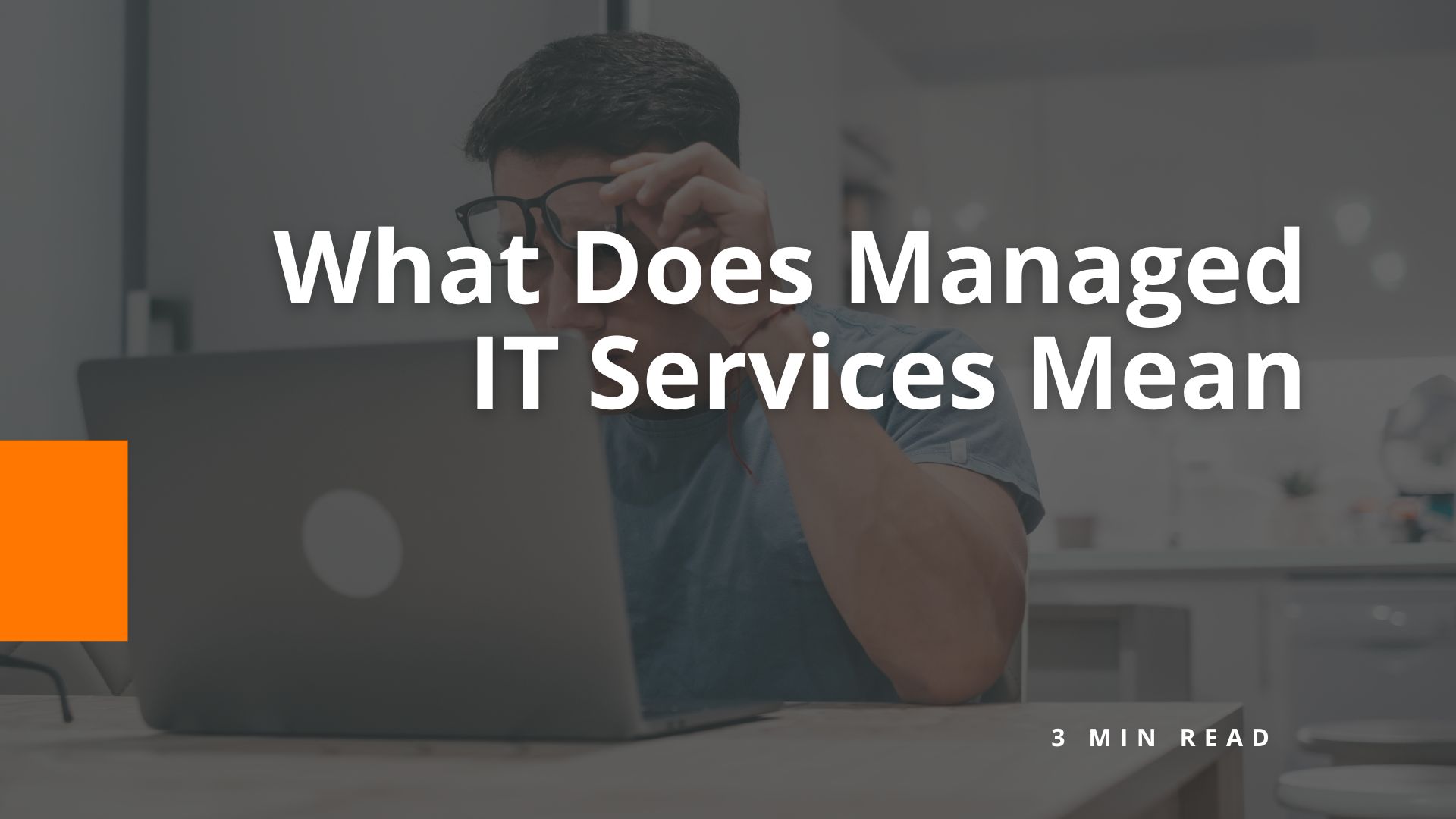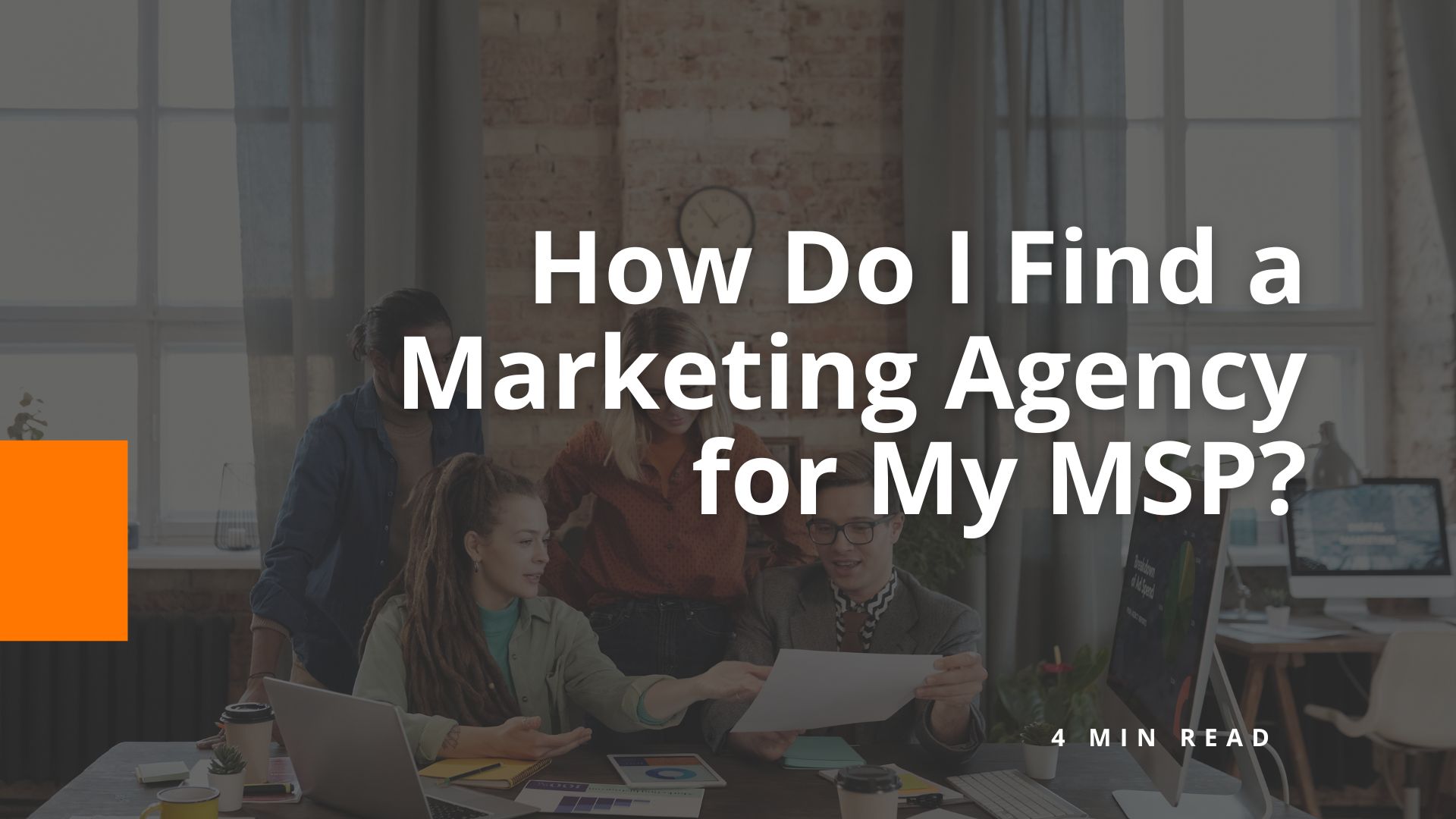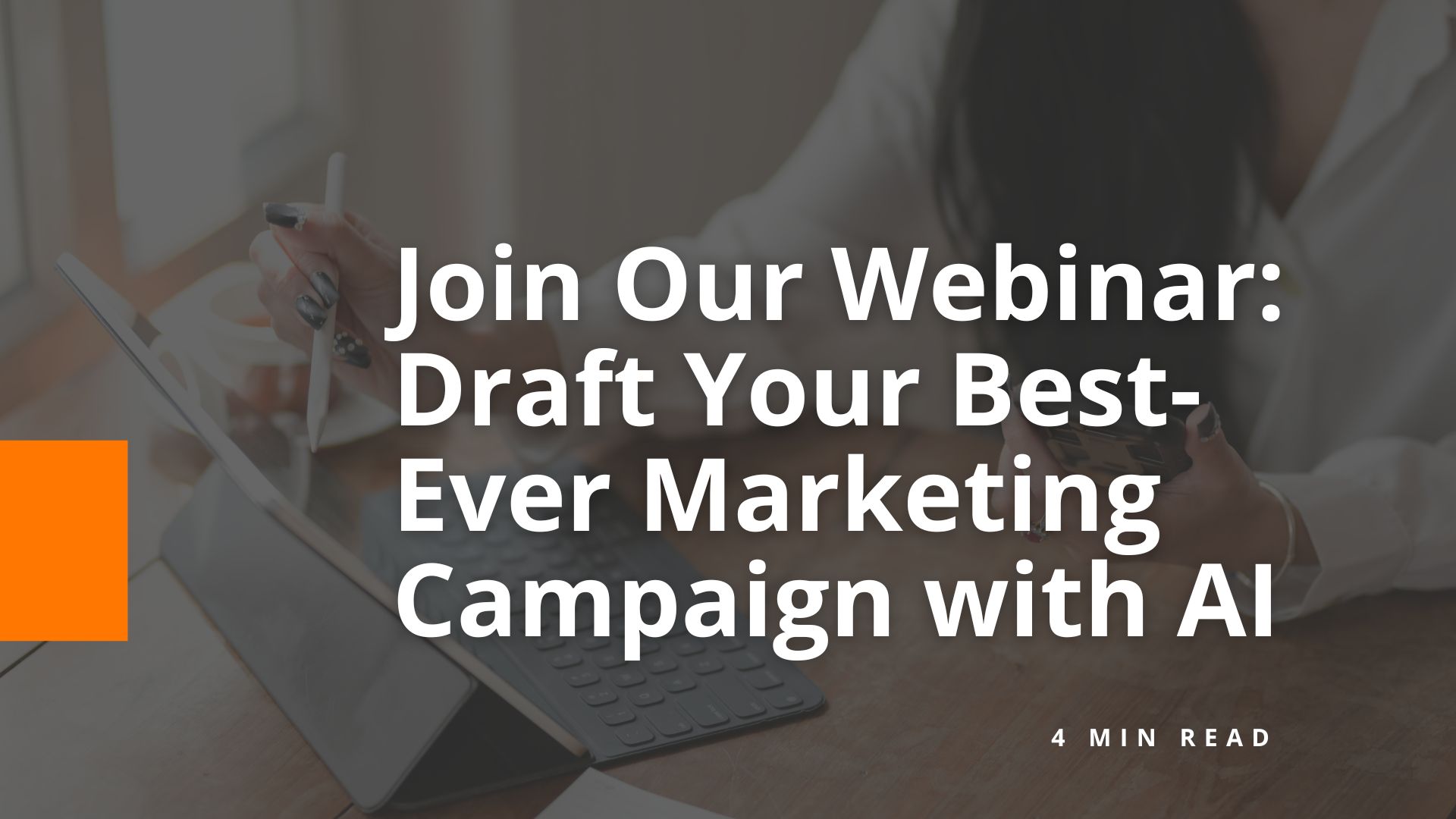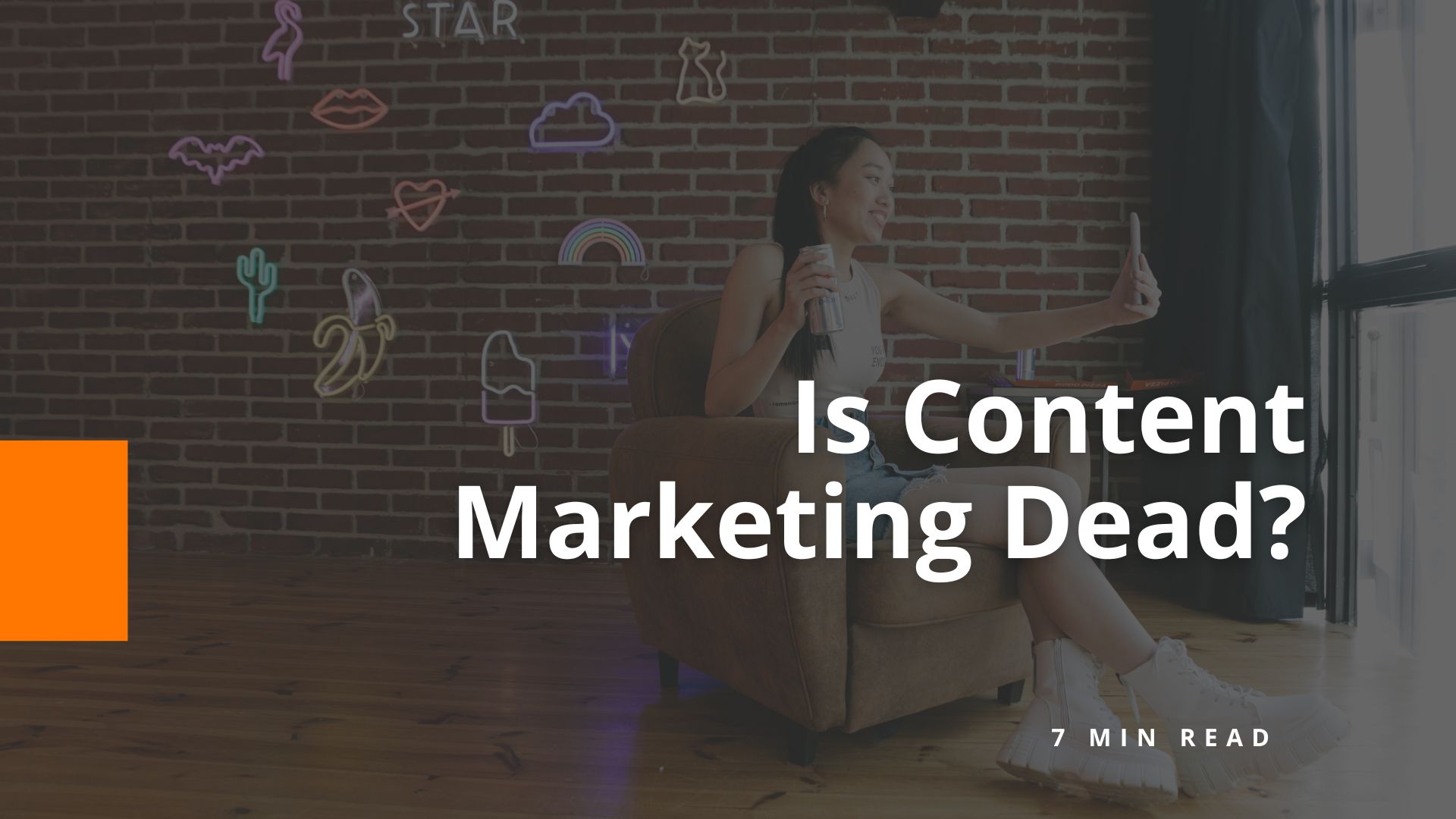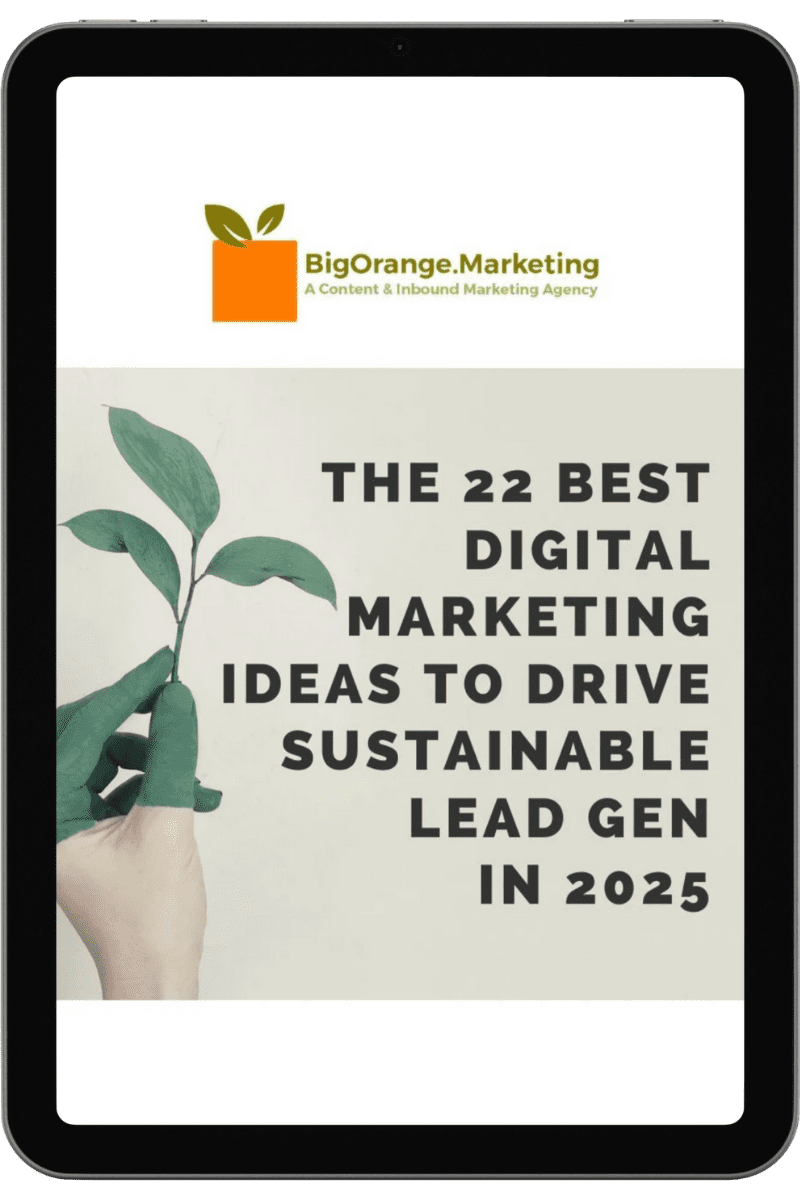Squeeze the Day Webinar: How Do I Create a StoryBrand Website? 7 Essential Elements Every Website Needs
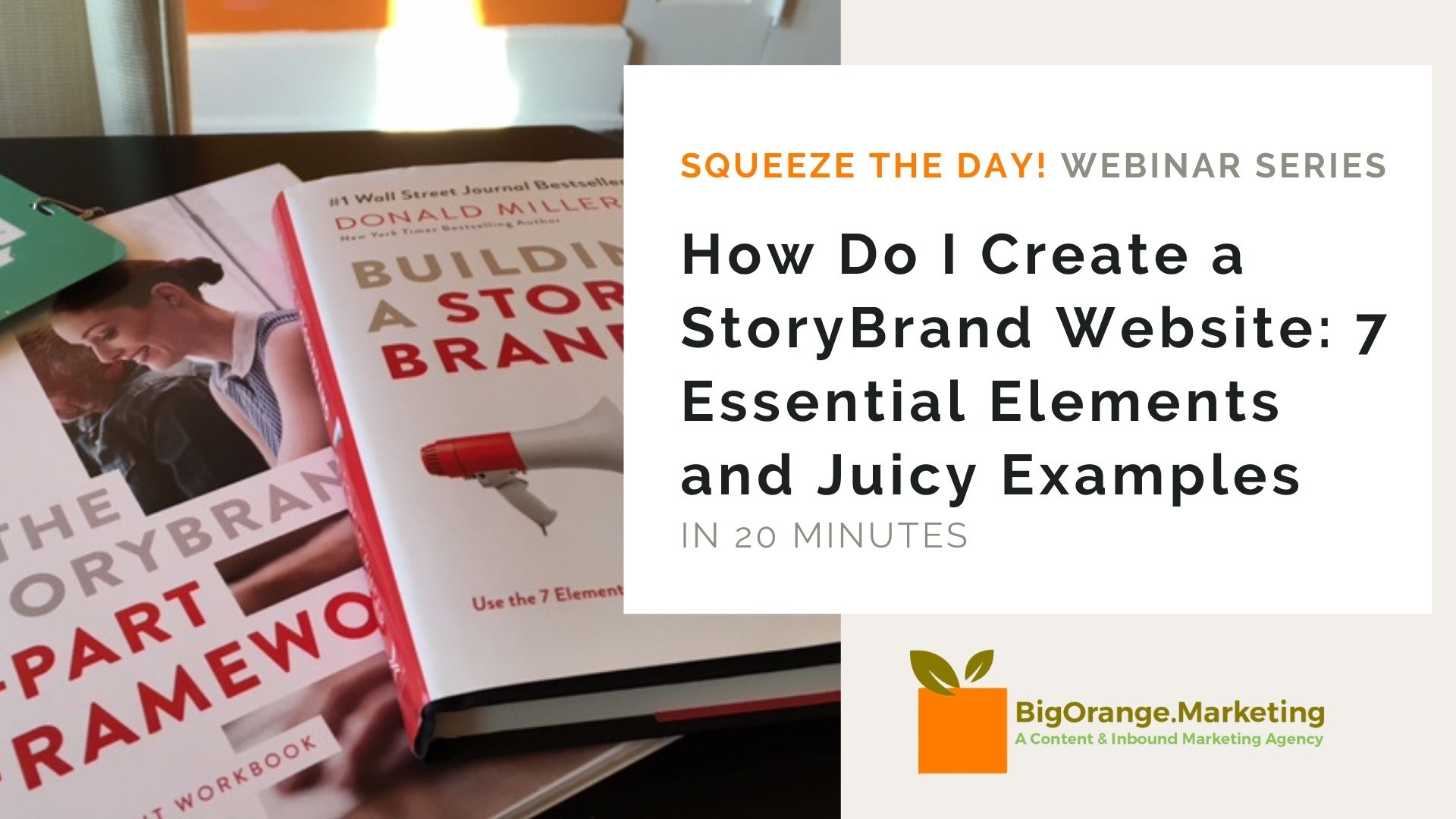
Join Us for Our Next Webinar: How Do I Create a StoryBrand Website? 7 Essential Elements Every Website Needs
powered by CrowdcastHow do I create a StoryBrand Website? The StoryBrand seven-part framework creates a guide for building websites that invite customers into a story.
From Don Miller’s book Building a StoryBrand we learn that if you confuse you lose and that every website should be able to pass a simple “grunt test.” According to StoryBrand method, the test asks, if a caveman came to your website, could he learn these three things:
What do you sell | How does it benefit him | How does he buy it
In this webinar, you will learn:
1. How to evaluate your current website.
2. Tried and true sections of the StoryBrand method from value proposition to authority points.
3. How to clarify your message so people engage.
4. Plus, you’ll see seven juicy examples to inspire you.
Interested in learning the seven StoryBrand website elements that will transform your website? Join us on March 17 at 12 p.m. EST for a webinar on Crowdcast.
You’re Invited
Webinar: 7 Essential Elements Every Website Needs
When: Thursday, March 17, 2022 at 12 p.m. EST
The StoryBrand website elements webinar will be approximately 20 minutes long. Discover the StoryBrand method and collaborate with our team and more MSP marketing professionals in real-time or later at your convenience.
Transcript
Margee Moore: Hi there. Thank you for joining us today. I’m Margee Moore, CEO of BigOrange Marketing. We’re a digital marketing firm in Cincinnati, Ohio, specializing in managed service providers, financial services, manufacturing and builder developer industries. Thank you for joining us today or for listening to it later. Happy St. Patrick’s day if it’s today. So here we go.
Our presentation today is: How do I create a StoryBrand website, and seven essential elements in juicy examples. Our agenda today is who we are, why we’re here talking to you today. What is StoryBrand? Then we’re going to go through the StoryBrand method framework, the seven essential elements. And then we’re going to tell you a little bit about how that becomes components on your website. Because I think that’s kind of a difficult thing for people to understand. And then at the end, we’re going to tell where our StoryBrand website checklist is on our website. Okay? So, um, who we are bringing you today’s webinar is BigOrange Marketing. We have 15 plus years of marketing experience. We’ve helped dozens of clients win millions of dollars in business. We’re a hubs, uh, partner, and we are also StoryBrand certified.
So, understanding StoryBrand method basics: Let me tell you a story. Administrator Annie is having a tough day. Her boss’s computer just got hacked and he is on the road. She logs a ticket to her managed services firm and prepares to wait. Meanwhile, the sales team is complaining to her because they can’t do their work because their systems are slow. So she logs another ticket and prepares to wait some more. This isn’t her first disappointment from this managed service provider. She turns to her computer and she starts to go Google new firms. So let me zoom out for you for a minute here. Did you feel your brain relax? When I said, let me tell you a story?
We are very busy today. There are so many messages coming at us all the time. When we’re on our computer, we’re being served ads when we’re even sitting around at home, our phone is buzzing. Everywhere you go, there’s messages and so much going on. But we are human beings and our brain is trying to do only two things: it’s trying to survive and help us thrive. And it’s also trying to conserve calories, which brings us to two marketing principles, two important principles from the StoryBrand method. Principle number one is if you confuse, you lose the customer. Number two is the customer is the hero of the story and you are the guide (think about Yoda).
So what is StoryBrand? According to Don Miller, the author of StoryBrand, story is a sense-making device for our busy brains. Now we’re going to go through the seven part framework of every story ever told, and I bring it back to website elements.
So visually here’s the seven-part framework, which will illustrate for you a little bit. Every story ever told starts with a character, and what’s important to keep in mind is every person is the hero of their own story. So every person that comes to your site, this is their story and it’s all about how you help them. So great examples of characters and movies and books and comic books are, Luke Skywalker, a great primary character, Spiderman, great primary character of all his movies, comic books. And then also Eric Zoolander, great primary character example. Just keep in mind, everyone is the main character of their own story. So marketing principle number one from StoryBrand is when you agitate a customer’s desire, they enter into the story that your brand is telling. Okay, principle two: If you stop talking about your customers’ problems, they stop paying attention to your brand.
So let’s go back to the framework. When you’re watching a movie, the first main character is introduced in those first few moments. And then in your brain, you can feel yourself waiting to hear what is the problem, the challenge that they are trying to solve. And if you don’t hear it in those first few minutes of a story of a movie or a book, you feel anxious. So it’s universal. Every story ever told, there’s always a problem that this character is trying to solve. Examples of characters with problems is Dorothy from of the Wizard of Oz. She was trying to get to the Emerald city to meet Oz, to get her way home. She couldn’t find her way home on her own.
Another great example is the Rose family. They are trying to figure out how to get out of Schitt’s Creek and that’s their main problem. So StoryBrand method marketing principle number three: The customer is the hero of the story, not your brand. The customer is the character, and your customer can’t do it alone. They can’t solve their problems on their own in movies. The character is fatally flawed. He can’t solve the challenge on his own. If he could solve the challenge on his own, there wouldn’t be a book or a movie. There wouldn’t be a story. So this character always meets a guide. Great examples of a guide are in “It’s a Wonderful Life”: George Bailey needed his angel to, to tell him the way. Yoda is a great example of a guide and Woody from “Cheers” is a great guide in the “Hunger Games.”
So let’s take these principles, StoryBrand marketing principles, one, two and three that we just spoke about; what they become in your website is the home hero sections. Those are those sections of your website at the top that should always have these components. There should always be an aspirational image. We like to say smiling, happy people who are happy because they’re working with you. An inspirational hero statement that shows an understanding of the customer’s challenge is right away, and then a strong, straightforward subheading that clearly says what you do. So when people get there, they know they’ve come to the right place. This also includes a clear, compelling call to action, which we’ll talk about in a later principle, which is always the most obvious button to click: the clear next action you want people to take.
So I’m going to go through three examples of this from three different industries. This is from the manufacturing industry. This is Automated Machine Systems in Cincinnati, our headquarters city. Here it says, “Discover a refreshingly transparent approach to automation.” It talks about the customers, challenges that they had working with other firms. It wasn’t transparent process for them. And then the subheading is this right here. “We provide automation systems that help American manufacturers meet their price quality and on time delivery goals.” Visually this is the call to action, the clear most obvious button to push. It’s also up here in the upper right hand corner and right here in the middle. Another example from a managed service provider also here in Cincinnati, um, this is Intrust. The hero is “Don’t go IT alone.” This talks about the challenge we heard from customers like administrator Annie, when she is on the phone, waiting for those problems, people can feel very isolated and very alone.
So it speaks to that challenge right away. Subheading copy is “Get an IT support services and cyber security partner that gets you and gets back to you.” So a little bit of fun there. It talks about the customer’s challenge and talks about clearly what they do.
So heading there, here’s an example from Carnegie Investment Counsel from the financial services in industry, the hero statement is “Financial guidance designed to serve you best.” The subheading copy is “With an investment strategy built for personal success, you have more peace and freedom to enjoy life.” So both aspirational and talk specifically about what they do. Great example, great visuals, too.
All right. So back to our StoryBrand method framework, when the character meets the guide, they have to give them a plan. In business, when it comes time to take out your wallet, friction comes into the conversation and people get a little nervous and not sure what to do next. So that means that we need to break it down into an easy step-by-step plan to move forward, or people won’t move forward. So in the website, principle four becomes what we call 1, 2, 3 plans. This includes a plan title and plan steps. And I’ll give you some examples of that. This is from our own website. This is our 1, 2, 3 plan. We call, let the plan for better results from your marketing. The graphic visual is very compelling here, very eye catching. Step one: Schedule a non salesy call. Step two: You’re going to get a blueprint from us where you’re going. Step three, is your happily ever after. It doesn’t have to say all the steps of your process. It has to be a little bit simplified about the clear happily ever after. You’re going to connect with leads, customers and employees with confidence.
Here’s an example from that financial services firm, very lovely. “Schedule a complimentary call, complimentary consultation, discuss your goals and develop a clear plan, implement your plan with confidence.” This visual behind it is a great aspirational image. These are smiling, happy people who are confident, because they’re working with the financial services firm. Another great example of a 1, 2, 3 plan. This is from that automation manufacturer. Our Surefire Automation Plan, great plan title. It has confidence because it’s surefire. Great title, great space thing, great design there. Their plan steps are: share your automation goals with one of our application engineers. Very simple, very clear. I understand what that means. I understand I’m going to get to talk to somebody if I book that virtual meeting and simple love it. We guide you through our proven process, talks a little bit about one of their key difference points, which they’ve talked about in other parts on the website and then the happily ever after they will experience is, you know, you’re going to be able to sit back and enjoy outstanding results.
All right. So back to our framework, the guide gives them a plan, but then the guide must also call them to action. StoryBrand principle, number five: Unless you clearly call people to action, they’re not going to take action. So on your website that becomes that clear, compelling call to action. We want one call to action. One clear next step you want them to take and we want you to repeat it over and over. Examples: schedule a consultation, schedule a quick meeting book, a virtual meeting, maybe it’s contact us. That’s that clear, compelling call to action.
We them to take all right back to the framework, there’s two more components. One success. We have to tell the success of this story. What that means is marketing principle. Customers want a vision of what their lives can look like if they choose to work with our products or services on a website that becomes several components that becomes the testimonial section.
It becomes something we call the empathy and authority section. It becomes value stacks and it becomes value proposition. I’ll give you some examples of each of those. This is Quanta Human Capital Management, a great firm also in Cincinnati with us. Um, this is some testimonials in a written form that hit on some of the key differences of working with them. And they’ve also turned these key differences, testimonials into videos, great idea. Everyone should be working on videos as part of their plans. Now next section that painting a picture of success becomes what we call empathy and authority on every website. Empathy means I have empathy for your challenges and authority is the reason you should trust us. This is an example from Intrust IT, one of their authority points is that they have an over a 99% customer satisfaction rate for over three years.
They’ve had many months where they’ve had a hundred percent customer satisfaction rate. That’s a very strong authority point. Interestingly too, they’ve started this no long-term contracts. You can cancel anytime which shows a lot of confidence that you will enjoy working with them. Here’s an example from AFIN the financial services industry, authority points are number of years in business, very important. That builds a lot of trust, uh, assets under management builds a lot of trust. Awards they’ve won. Think of your authority points as things like that, that you can talk about. So also another website component is a value stack often appears right below your home hero section. Here is one from that automation manufacturer. They have deep application knowledge in our core competencies. They have unmatched speed of response. They have this 24/7 hotline and then they have these weekly visual project communications, Just touching it right there a very important key difference, which they’ll talk about more in other places as well. All right. So last part of our seven part framework of first every story ever told is failure.
This becomes principle number seven: If there are no consequences for not doing business with us, there’s no reason to do business with us. So, this on the website becomes two different components that becomes the loss aversion and what we call the “I feel your pain” section. Here is an example from our website of the I feel your pain section. Does marketing your business feel like dragging rocks uphill? Are you struggling to get leads? Do you feel like your website’s broken? Are you overwhelmed with all the marketing options and are you of getting ripped off by agencies that over promise and under deliver? Um, those are our I feel your pain sections. Here’s an example from that it managed service provider: Is managing your IT support like wrestling an octopus? Do you spend more time on tech headaches than your job? Do visions of hackers in hoodies keep you up at night? So a very humorous I feel your pain section that shows you a little bit about what it’s like to work with this great team.
Then this is a visual of a loss aversion section. These are often very down far in the website, maybe right before the 1, 2, 3 plan. It’s just sort of one, two punch, um, to this is your loss avoidance. You don’t want this to happen to you. So, let me read this one. What’s the real cost of not having the right IT support partner? How much is downtime, vulnerability and no clear IT plan and costing you? How much is that costing you; are tech troubles hijacking your day and robbing your productivity? So this is the 1, 2 punch hitting them with the pain of not doing business with us one more time.
All right. So let’s recap the seven-part framework, cause I know I talked about a lot of stuff really fast, but we can bring this home by going through the framework again. So first of all, what do your customers want? What do our customers want? What are our customers’ external, internal and philosophical problems? Have we positioned our brand as the guide to the hero (and they are the hero). Have we created a clear plan for the hero to win the day? Have we called the hero to action clearly, have we clearly called them to action? Have we painted a picture for the hero of how we can help the hero, improve their lives? And have we identified the consequences that we are helping the hero to avoid?
I’m going to repeat this thought for you: If you confuse, you lose and the customer is the hero of the story, you are the guide, your messaging matters in the sea of competition. Look at, so bring it back to your own website right now. Look at your website. Are you confusing? Are you confusing people or does your website look like everyone else? Because maybe you copied your website from someone else. Are you talking about uniquely what it’s like to work with you? Are you talking about the problems you solve? Are you talking about your customers’ problems? The StoryBrand method is about clarifying your message so that customers will listen. And by following the seven-part framework universal to every story ever told, you’re going to invite customers into a story with the StoryBrand method. So how do you do this? First of all, you start with your customer.
It begins with researching your customer’s pain points and goals by doing customer interviews. You talk to your own people to understand your key differences. What is unique about what you’re selling and you do that with key stakeholder interviews. You talk to people in your own team. All of this research provides insights. You turn those insights in personas and you share them with your team and then these insights help you clarify your message, and how you address your customers’ pain points. I’m going to bring it home and walk you through all of a website at once. And we’re going to look through Automated Machine Systems, which we’ve talked several times in this call and we’re going to look at all of these components we mentioned in order. So here we go. This is the home hero section. “Discover a refreshingly transparent approach to automation.” Lovely imagery there behind subheading here visually is where a value stack would go.
Here is the I feel your pain section: Are you tired of dealing with automation system providers that over promise and under deliver? They’ve heard that in their industry a lot, too. More questions about, you know, the pain that you may be feeling. Here is visually an empathy and authority section. They empathize with your problems and here is some of their key authority points. They’ve had 99.5 percent on time delivery record, 97% customer satisfaction. They have this proven 17-step process. All great authority points. Then from a search perspective, it’s important to go into your service right away pretty soon. Next is great. By the way, always try to have your services in your first navigation, right on the left. Then very cool, this team did this, this wonderful video you get. It’s definitely worth watching. So you can get a great feeling of what it’s like to work with them.
Great video then going through what you’re selling again: your services very clearly. Each service has a section here or you can do a section, you know, all of them across in a block or two rows of blocks of what the services are you are selling. And also, too, it’s always good to keep your services, not too many so that people don’t get lost looking for what they’re looking for. Then this example, this customer serves particular industries, the medical device development industry, plastic processors, consumers. So the industries you serve because the people coming to your website want to see that you’ve worked with people like them before. This is a transitional offer. We didn’t talk about that very much, but maybe before people are ready to take this clear, compelling call to action, we want to give them what we call a sales funnel, a download or a transitional offer.
That’s something that they can learn from you about; what it’s like to work with an automation partner. But maybe they’re not ready to ask a question and raise their hand yet. Here’s another great authority point. Um, sorry, Zoom’s probably going slow here. Um, then visually here’s some testimonials. Great keeping all of you the testimonials together. And then this is the loss avoidance section, the 1, 2, 3 punch. We don’t want to have too much, but we do want to sprinkle a little bit of loss aversion here, right at the end, before we get to our one, two plan. You know, what’s the real cost of not of choosing the wrong automation partner. And then landing with that surefire automation plan, 1, 2, 3 steps to work with us, right there at the end. So, that’s the components in a website.
So I got through everything. Here’s our plug for BigOrange Marketing. You get a team of marketing experts. If you work with us, you get access to writing experts, HubSpot technology experts, WordPress website, development experts, marketing experts. We all work to keep our skills top notch. You get small firm attention, complete management. We proactively schedule everything, take it off your plate. You get to work with seasoned pros and we’re affordable. We keep our prices affordable. We’re headquartered here in the Midwest and we deliver what others promise. Above all we’re honest. We know what it takes to get things done and we get them done. All right. Any questions? Thank you very much.
Share the knowledge
How to Market Managed IT Services?
In the competitive world of IT, effective marketing is crucial for MSPs to stay afloat. Its important to understand the value of your services and…
Explore this TopicWhat Is Marketing in the IT Industry?
Marketing in the IT industry requires a blend of traditional strategies with more modern digital techniques designed to draw in target audiences and possible consumers. …
Explore this TopicHow Big Is the MSP Industry?
The managed service provider (MSP) industry has seen substantial growth over the past decade. Because our reliance on technology has steadily increased over the years,…
Explore this TopicWhat Does Managed IT Services Mean?
Managed IT services is a practice that many businesses are choosing now, outsourcing the responsibility of maintaining and managing their technology. This is an alternative…
Explore this TopicHow Do I Find a Marketing Agency for My MSP?
Here are a few simple steps to take as you research and find an MSP marketing agency: Should I Hire a Marketing Agency for My…
Explore this TopicLeveraging ChatGPT: A 10-Step Guide to Crafting an Effective AI Marketing Campaign (In Just 45 Minutes!)
Creating a compelling AI marketing campaign can be a daunting task, especially when time is limited. BigOrange Marketing is here to help with an engaging…
Explore this TopicIs Content Marketing Dead? What Business Owners Need to Know Now
With search algorithms continuing to get smarter and new AI tools more able to produce volumes of content with ease, does content even matter anymore?…
Explore this TopicLearn How to Leverage AI to Create Marketing Campaigns at CompTIA
Gone are the days of marketing campaign planning taking hours upon hours to complete. With our ChatGPT strategy you do not need to spend hours…
Explore this Topic